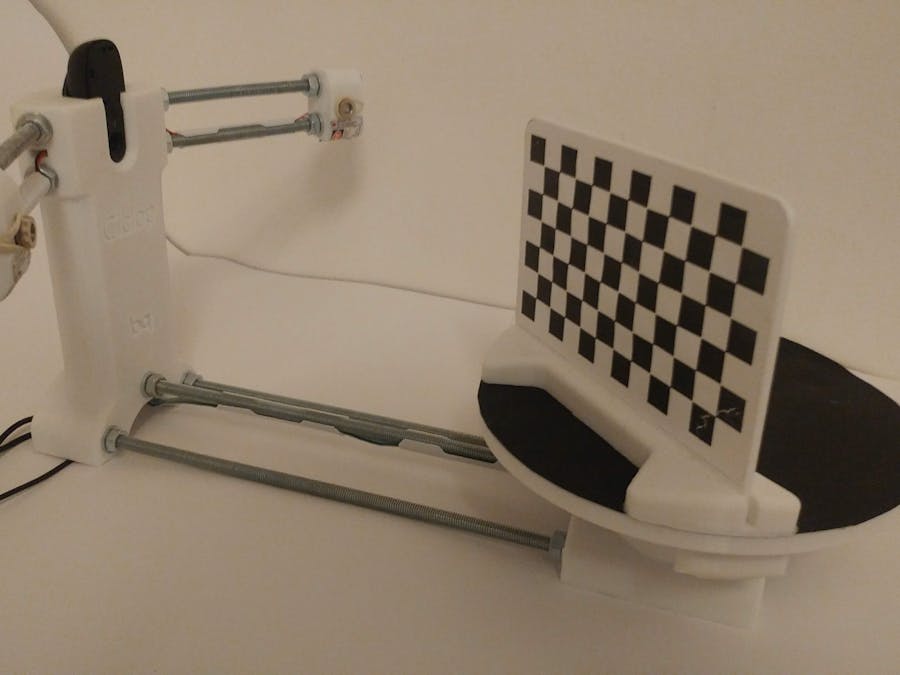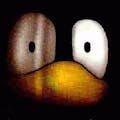Hi all,
I'm going to realize the famous Ciclop 3D scanner.
All the step that are well explained on the original project aren't present.
I made some fix to simplify the process. First, I print the base. Then, I realize the PCB, but go on.
Printing and Assembly PartFor the assembly part, the best solution is to refer to original documentation.
https://www.bq.com/it/support/ciclop/support-sheet
It's in multiple languages and well explained.
The printed part is quite simple to assemble.
There are a lot of videos as well - the official one isihere.
New BaseThe only piece that is difficult to find is the Plexiglass base, so I designed a printable one with my Anet A8 3D printer.
You can find the project here.
Little FixAnother problem is that you can probably find a low-cost laser that doesn't fit on orginal holder.
The common laser is 12mm laser.
So you can use this printed variant.
Another problem is to stop the rotating part. I think a better solution is to use a rubber band, as you can see in the pictures.
PCB HomemadeFor this project I made a PCB fully compatible with the original one. Zum scan is more complex, but all additional features is unused.
My version is for Arduino Nano, so it's more little than the original one.
If you don't have the skill to auto produce PCB you can use the gerber file that you can find in the aricle to sent to the factory that produce PCB like https://www.pcbgogo.com/.
Step 5: PCB EtchingI never used this technique, but I added the svg file for production.
Milling PCBI used this technique for my personal production, about this I write two articles:
The first is a step by step guide to create a portable CNC perfect and optimized for CNC Milling.
Then a previous guide that explain step by step how to use the machine, how to create a PCB and how to create a file for production.
Milling PCB: Get File for ProductionI added here the file for production. The Gerber or directly the G-code for the milling machine.
Milling PCB: The Milling ProcessFirst mill the copper bottom, then drill the hole.
Use sand paper to made the board flat and clean.
For this board I used:
- Arduino Nano
- A4988 Stepper driver
- 2x 1k resistor
- 1x 10k resistor
- 2x 2n2222 transistor
- 5.5 Barrel for input voltage
I use 12v 2A power supply (to the barrel) to power a stepper driver.
Than the USB connector is enough for laser and Arduino.
You can download the firmware to upload to the Arduino from here:
https://github.com/bqlabs/horus-fw
As described in the guide the camera is a Logitech C270 HD webcam, the driver here:
http://support.logitech.com/en_ca/product/hd-webca...
You can find software here:
http://horus.readthedocs.io/en/release-0.2/
if you have some trouble to download you can go here:
https://github.com/LibreScanner/horus/releases
TestingFirst I test all without camera, and It's work well.
You can use the TestCiclopShiled.inofile to check laser and stepper.
Continue AssemblingThen I added camera, fix board, and a black paper on the top of platform.
CalibrationThere are a lot of videos about calibration. This step is very simple.
I realize this minimal video with my new Ciclop.
First Mandarin TestIn this video I only scan the object, but to have a good image you must do some post processing with a software like MeshLab.
ThanksNow start scanning!















Comments
Please log in or sign up to comment.